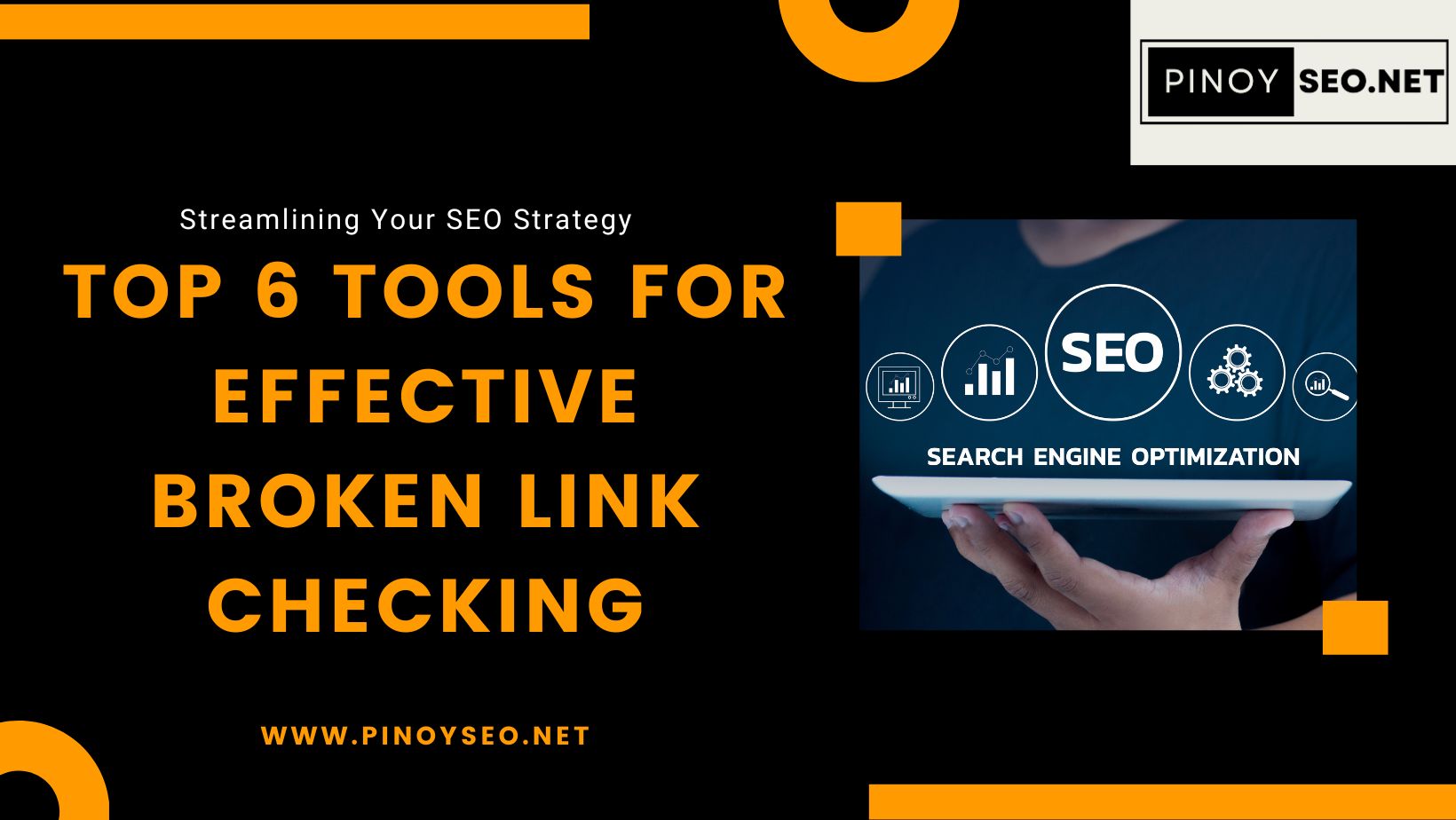In the realm of SEO, keeping a website in optimal condition is crucial for maintaining a strong online presence. One often overlooked aspect is the management of broken links. These links, when not promptly addressed, can hinder user experience and have a negative impact on a website’s search engine rankings. In this article, we will explore the significance of addressing broken links and introduce some of the most effective tools available for this purpose.
The Importance of Addressing Broken Links
1. Enhanced User Experience:
- A website with broken links can be frustrating for users. It disrupts their browsing experience and can lead to a loss of trust in the site’s credibility.
2. SEO Ranking Signals:
- Search engines like Google consider broken links as a sign of poor website maintenance. This can lead to a drop in search rankings.
3. Crawl Efficiency:
- Search engine crawlers may struggle to navigate a site with numerous broken links. This can lead to incomplete indexing of the website’s content.
Top Tools for Broken Link Checking
Now that we understand the significance of addressing broken links, let’s explore some of the best tools available for this purpose:
1. Google Search Console:
- A powerful tool provided by Google, it offers a ‘Coverage’ report that highlights pages with errors, including those with broken links.
2. Screaming Frog:
- This versatile tool is known for its comprehensive website crawling capabilities. It identifies broken links and provides detailed reports for analysis.
3. Xenu’s Link Sleuth:
- A free Windows-based application, Xenu’s Link Sleuth is a fast and efficient tool for identifying broken links and other website issues.
4. Dead Link Checker:
- This web-based tool allows users to check for broken links on their websites by simply entering the URL. It provides a detailed report of the identified issues.
5. Ahrefs:
- Ahrefs offers a Site Audit feature that helps identify broken links along with a range of other technical SEO issues.
6. Moz Link Explorer:
- Moz’s Link Explorer tool helps users find broken links and other issues affecting their website’s link profile.
How to Effectively Use These Tools
- Regular Monitoring:
- Set up periodic checks using these tools to ensure that any new broken links are promptly identified and addressed.
- Prioritize Critical Pages:
- Focus on checking critical pages such as the homepage, key landing pages, and high-traffic sections of the site.
- Implement 301 Redirects:
- For permanently moved or deleted pages, implement 301 redirects to guide users and search engines to the relevant content.
- Update Internal Links:
- Make sure internal links point to valid and relevant pages within the website.
- Verify External Links:
- Check that outbound links to other websites are still active and lead to reputable sources.
By incorporating these tools and practices into your SEO strategy, you can effectively manage and rectify broken links, ultimately leading to a smoother user experience and improved search engine rankings. Remember, a well-maintained website is a key component of successful SEO efforts.


